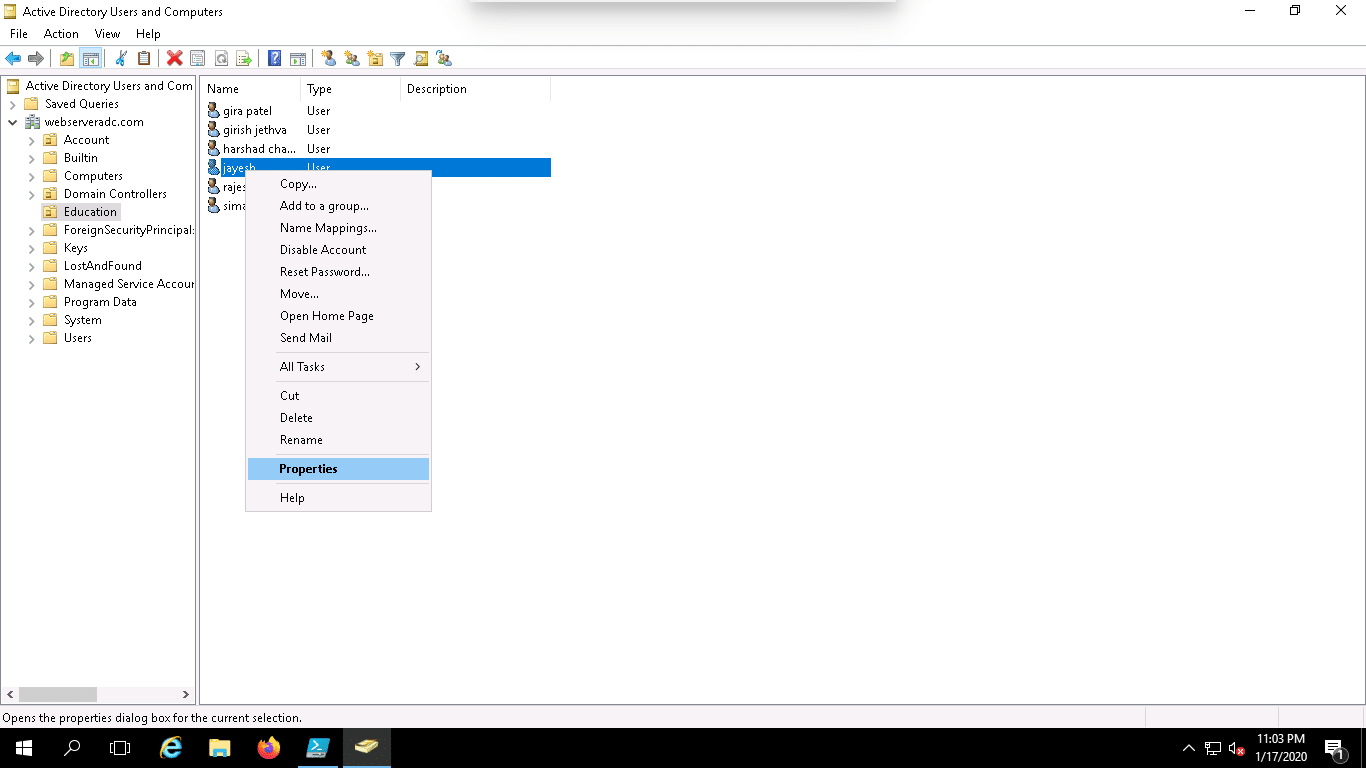
Viewabilit圜onfig takes a type Viewabilit圜onfig an object with following properties PropertyĪt least one of the viewAreaCoveragePercentThreshold or itemVisiblePercentThreshold is required. See ViewabilityHelper.js for flow type and further documentation. Note: May have bugs (missing content) in some circumstances - use at your own risk. This may improve scroll performance for large lists.

Set this true while waiting for new data from a refresh. Set this when offset is needed for the loading indicator to show correctly. TypeĬalled when the viewability of rows changes, as defined by the viewabilit圜onfig prop. Make sure to also set the refreshing prop correctly. If provided, a standard RefreshControl will be added for "Pull to Refresh" functionality. Requires getItemLayout to be implemented. This disables the "scroll to top" optimization that keeps the first initialNumToRender items always rendered and immediately renders the items starting at this initial index. Instead of starting at the top with the first item, start at initialScrollIndex. Note these items will never be unmounted as part of the windowed rendering in order to improve perceived performance of scroll-to-top actions. This should be enough to fill the screen but not much more. How many items to render in the initial batch. If true, renders items next to each other horizontally instead of stacked vertically. Remember to include separator length (height or width) in your offset calculation if you specify ItemSeparatorComponent. TypeĪdding getItemLayout can be a great performance boost for lists of several hundred items. functions depend on anything outside of the data prop, stick it here and treat it immutably. If any of your renderItem, Header, Footer, etc. TypeĪ marker property for telling the list to re-render (since it implements PureComponent). Optional custom style for multi-item rows generated when numColumns > 1. Styling for internal View for ListHeaderComponent. Styling for internal View for ListFooterComponent.
#Scroll reverser windows alternative update#
renderItem provides separators.highlight/ unhighlight which will update the highlighted prop, but you can also add custom props with separators.updateProps. By default, highlighted and leadingItem props are provided. Rendered in between each item, but not at the top or bottom. If you want to use something else, like an immutable list, use the underlying VirtualizedList directly. Inherits ScrollView Props, unless it is nested in another FlatList of same orientation.įor simplicity, data is a plain array. Alternatively, you can provide a custom keyExtractor prop. By default, the list looks for a key prop on each item and uses that for the React key.This is a tradeoff that can be adjusted to suit the needs of each application, and we are working on improving it behind the scenes. This means it's possible to scroll faster than the fill rate and momentarily see blank content. In order to constrain memory and enable smooth scrolling, content is rendered asynchronously offscreen.This includes the data prop and parent component state. extraData) that is not = after updates, otherwise your UI may not update on changes. Make sure that everything your renderItem function depends on is passed as a prop (e.g. This is a PureComponent which means that it will not re-render if props remain shallow-equal.Make sure all your data is captured in the item data or external stores like Flux, Redux, or Relay. Internal state is not preserved when content scrolls out of the render window.Then, on scroll, the actual content gets position so that it moves upwards by the same distance you've scrolled with scrollTop.This is a convenience wrapper around, and thus inherits its props (as well as those of ) that aren't explicitly listed here, along with the following caveats:

Meanwhile, #content has a height of ~50,000px, which I read and apply directly to the document, so that there will be a scroll bar of the appropriate size even though #content is contained within #viewport which has a fixed height set to that of the window. The content scrolls backwards inside of #viewport while the HTML document scrolls normally. $container.css('top', (scrollTop - height + $window.height()) + "px") īasically, #viewport remains fixed infront of the user, occupying the whole screen. Set up scroll handling, but also invoke once to initialize positions Var $window = $(window), $container, height


 0 kommentar(er)
0 kommentar(er)
